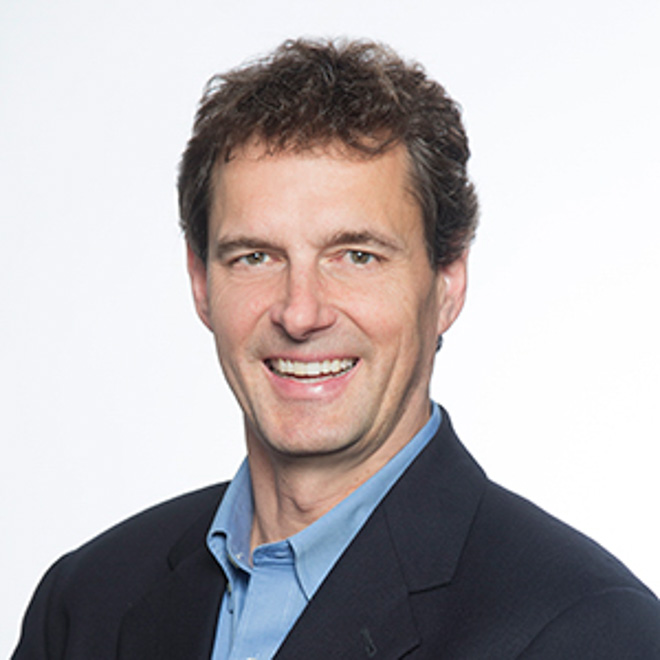Associate Professor of Pediatrics Matthew Porteus was recently awarded a $5.2 million grant from the California Institute of Regenerative Medicine (CIRM) to develop cutting-edge sickle cell anemia therapies.
Porteus’ research focuses on gene therapy techniques to change sickle cell variants to non-sickle cell variants. His lab has used tools for genome editing to accomplish this task, such as the CRISPR/Cas9 system — a powerful genome editing tool that can repair errors in genomic sequences — and AAV6, which provides cells with a DNA sequence to fix mutations. With these technologies, Porteus able to repair blood stem cells expressing the sickle cell gene into a non-sickle cell gene and transplant them into mouse models.

Associate Professor of Pediatrics Matthew Porteus (Courtesy of Stanford News).
“We are really at the dawn of how gene therapy will impact our lives.” Porteus said. “So far, gene therapy has been a treatment that has had more promise than any application.”
Sickle cell disease is a life threatening disease where an individual’s red blood cells adopt a “sickle” shape. This configuration is caused by abnormal hemoglobin, the protein that carries oxygen for red blood cells to be used throughout the body. These sickle-shaped red blood cells can stick to the walls of vessels, preventing a person from having a healthy oxygen intake and causing painful attacks that may lead to death. According to Porteus, the lack of good therapies for sickle cell disease in the past means that any progress can make “a large impact on people and their families.”
Vienna Kuhn ’20, a researcher in Porteus’ lab, describes the research environment as invigorating.
“In our lab, we are constantly working on treatments that could have a direct impact on someone’s life,” Kuhn said. “That is very exciting for me, as it adds an element of realism into my research. All of the small activities that we do in the lab take on a bigger meaning.”
Porteus hopes to use the grant from CIRM to collect more data on how his therapy can correct sickle cell at a large scale. His lab has shown that he can change from 2 to 5 million cells at a time, but their goal is to reach 500 million cells at a time cleanly and consistently. He also hopes to accomplish a formal evaluation to make sure the genome editing process will not cause any harm.
Porteus said he was optimistic about the project’s promise for future clinical studies.
“[We hope to] bridge the gap between what we can do for patients in the hospital and what we know about the disease in the lab,” Porteus said.
Contact Fan Liu at fliu6 ‘at’ stanford.edu.
Correction: An earlier version of the article incorrectly referred to a virus used to edit genomes as AAD6, rather than AAV6. The Daily regrets this error.
